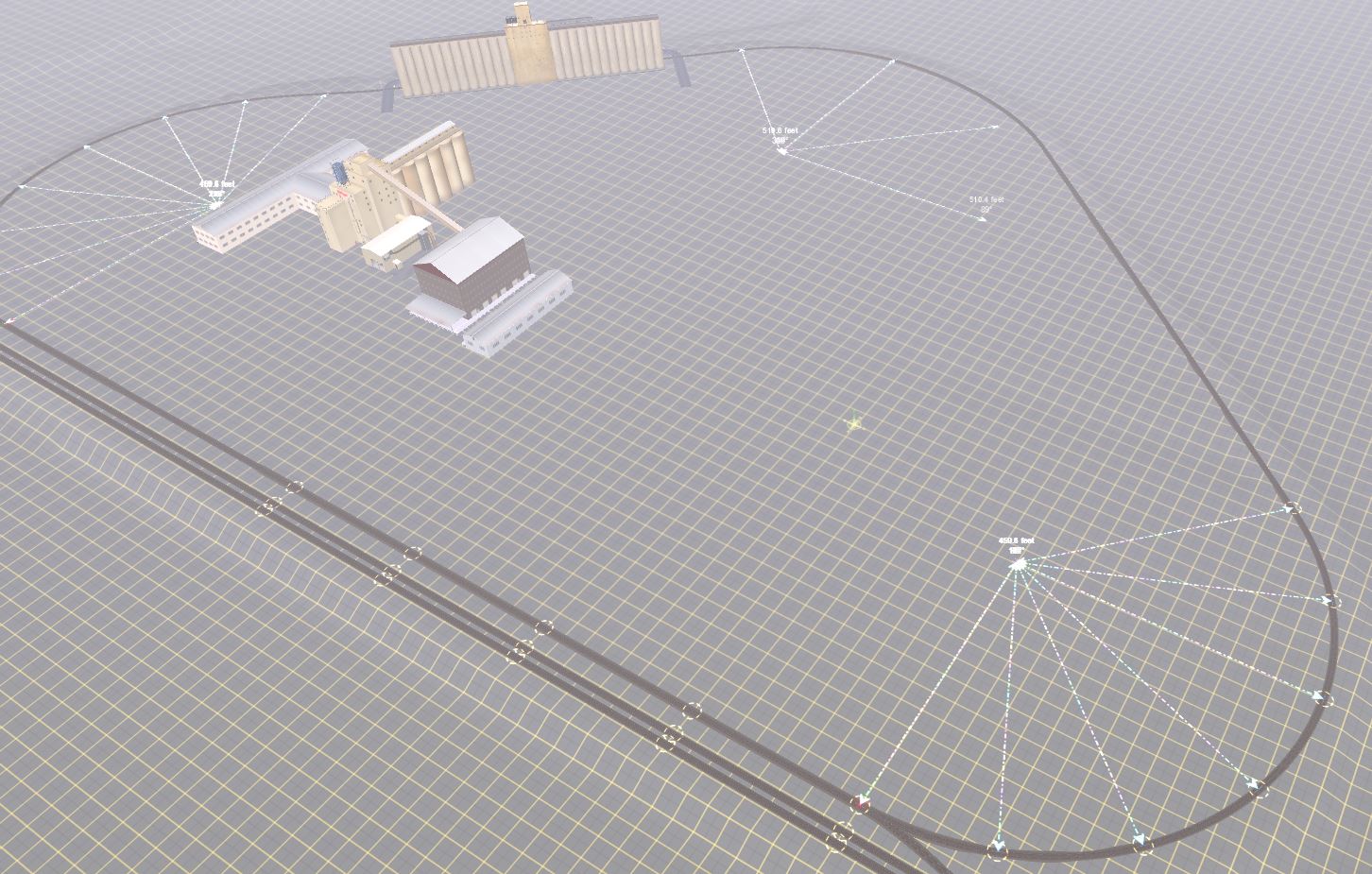JonMyrlennBailey
Active member
and vice-versa?
Often scale-model track is specified in radius and not degrees.
Often scale-model track is specified in radius and not degrees.
Follow along with the video below to see how to install our site as a web app on your home screen.
Note: This feature may not be available in some browsers.
and vice-versa?
If that site describes what you mean be 'degree' then that is degree of curvature, which is not the angle usually specified for model track. The formulae are available from that site. You just have to nominate either the arc length or the chord length. You haven't indicated which you want to use. See: https://rechneronline.de/pi/circular-segment.phpNo, I had this in mind and this is what is used in railroad construction:
https://en.wikipedia.org/wiki/Degree_of_curvature
I wanted use what's used on American railroads as a standard.
For example, what standard for tightness of curves would Union Pacific employ on standard-gauge track?
and vice-versa?
Often scale-model track is specified in radius and not degrees.


Based on my conversations with a MOW engineer, the degrees of curvature are based on a 100 foot chord. Additionally according to him, in jointed rail with 39 ft rail lengths, on the inside rail, you can run a string line across two rails from the ends, and the inch measurement will be the degrees curvature.
Its too hard to work it out that way (or maybe impossible according to the other posters), determine your radius, then break it up into degrees with the ruler, then do the math in your head.
It is not too hard if you know the method and once you know it you will never be happy to work by trial and errors.
The method shown on your screenshots is very accurate and I use it myself, but only for tight arcs, with radius up to 500 meters. This method is impractical for arcs with high radius, like 2000 meters and higher. You would need to add many temporary base boards just to plot the arc center (which is required in your method). In my method (described here https://forums.auran.com/trainz/showthread.php?150917-Is-there-a-simple-online-calculator-that-will-convert-a-curve-radius-to-degrees) you don't need to plot arc center, because you lay track using straight fixed track turned by the required angle of an arc sector. This method is not as accurate (it would if the arrow tool was better designed), but still results in fair accuracy of plus minus 5% (which is optically undetectable).
When I start building my next route I post some pictures here.
I may have missed it, but in reading through this topic, I did not see an answer to the original poster's question, a simple online calculator to convert curve measures in radius to their equivalent measure in degrees.
